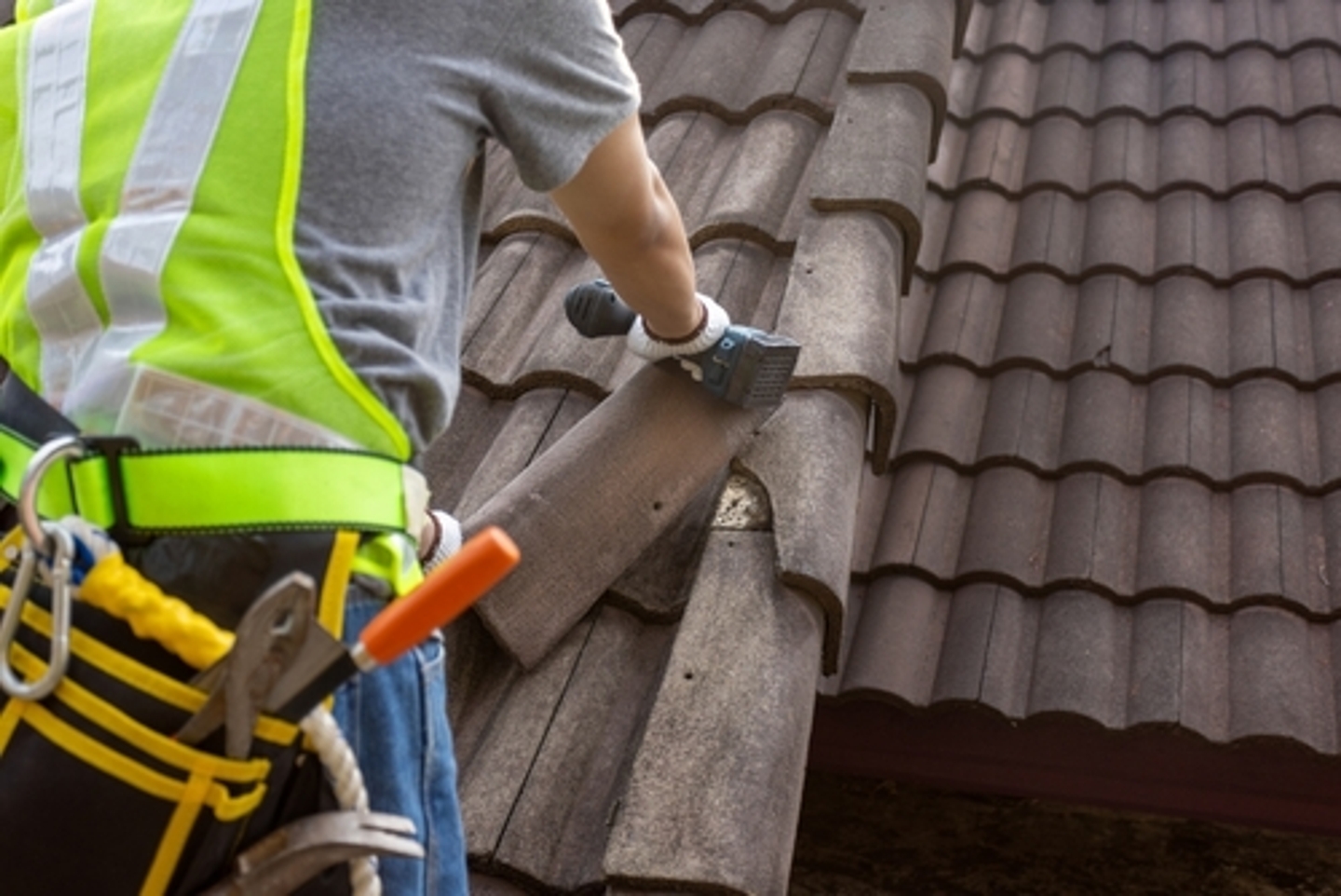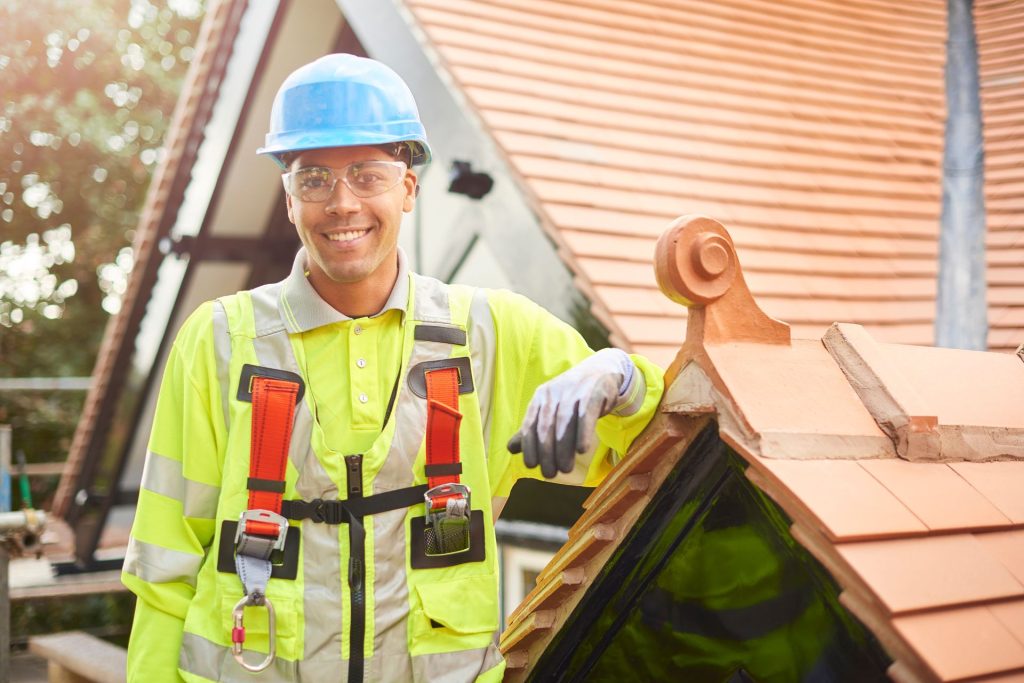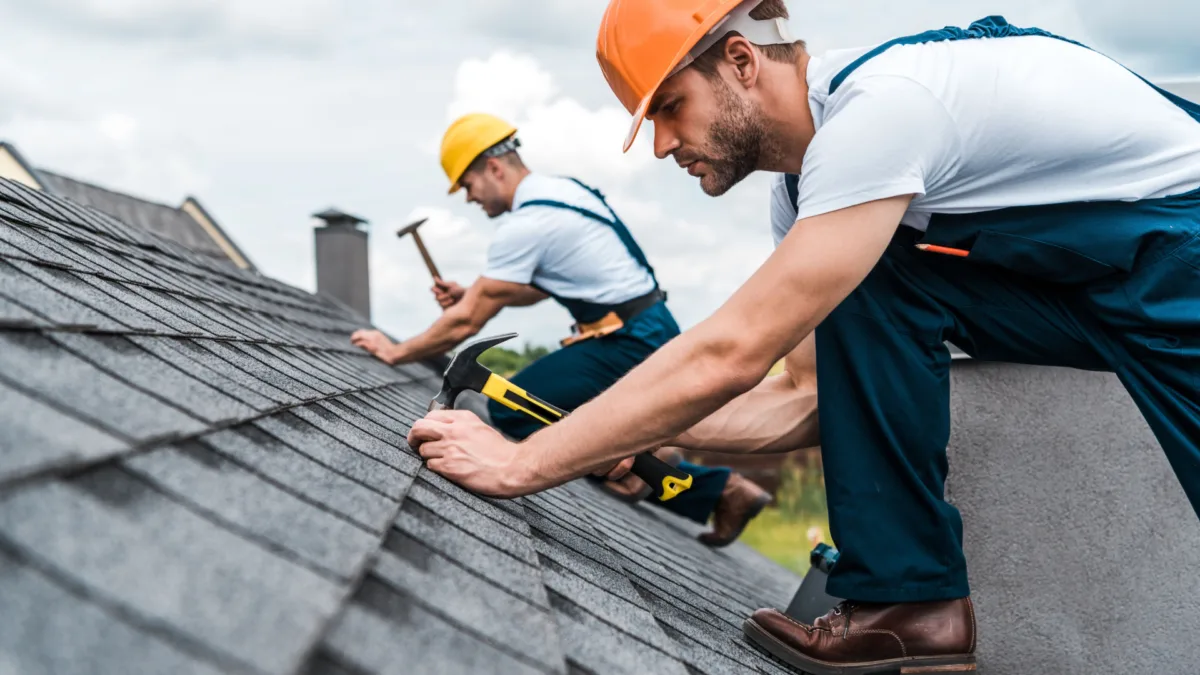Secret Considerations for a Successful Roof Covering Installation: Accomplishing Long Life and Efficiency
In getting started on the trip of roof installation, one should prioritize crucial factors to consider to ensure both long life and effectiveness. The selection of products, tailored to endure neighborhood environment problems, plays a pivotal role in preserving structural honesty. Equally important is the design, which ought to accommodate proper water drain and offer ample assistance. Embracing finest methods during installation can significantly reduce potential concerns such as wetness accumulation and energy inadequacy. As we check out these aspects, it comes to be apparent that a successful roof covering setup is not just regarding covering a structure however about crafting a resilient and lasting service. What are the necessary elements that absolutely make a difference?
Choosing the Right Materials

Climate plays a critical role in material option. In areas susceptible to heavy rains or snow, products like asphalt shingles or steel roofing with high water resistance are a good idea. Conversely, in warm climates, products with reflective properties, such as cool roof covering membrane layers or floor tiles, can help in reducing power expenses by deflecting sunshine.
Budget considerations likewise influence material option. While premium products like slate or clay tiles offer resilient performance, they include higher in advance expenses. Nonetheless, they can verify cost-effective over time as a result of their minimal maintenance requirements and extended lifespan.
Last but not least, the building design of the building ought to harmonize with the roofing material. Conventional homes might benefit from wood shingles, whereas contemporary frameworks may choose for streamlined steel finishes. By very carefully evaluating these aspects, you can pick materials that straighten with both practical and visual goals.

Understanding Roof Covering Style
Recognizing roof covering design is essential in accomplishing a well-functioning and cosmetically pleasing framework. The style of a roof impacts not just the visual appeal yet additionally the structural honesty and functionality of the structure. A thoughtfully developed roof can boost the general building style while making certain effective drainage, insulation, and air flow.
Trick components of roofing style consist of the pitch, form, and structural support system. The pitch, or incline, identifies just how efficiently water and particles are shed from the roofing system surface area, affecting the lifespan of roofing materials. Typical roof shapes consist of gable, hip, flat, and mansard, each offering distinct benefits and visual high qualities. Gable roof coverings are prominent for their simpleness and reliable water shedding, while hip roofing systems give remarkable security in high wind areas.
Architectural assistance systems, such as trusses and rafters, are crucial in distributing weight and maintaining the roof's stability. Correct design makes sure that the roofing system can hold up against ecological tons and withstand deformation. In addition, incorporating attributes like overhangs and eaves can secure the structure's façade and improve power performance by offering color and minimizing warmth gain.
Ultimately, a well-considered roof style equilibriums create, function, and durability, contributing to the long-lasting success of the installment.
Environment Considerations

In hot and bright environments, roof covering materials must show, instead than soak up, solar heat to preserve power efficiency and protect against extreme thermal see this page growth, which can lead to product degradation - Keep Dry Roofing St Peters MO. Conversely, in cooler regions, materials have to offer sufficient insulation to stop warm loss and stand up to freeze-thaw cycles that can create fracturing and other architectural concerns
Moreover, the choice of color and coating can substantially influence a roofing's thermal efficiency, specifically in areas with extreme temperature variants. Local structure codes often provide important link support on ideal materials and designs, showing local environment concerns. A detailed understanding of climatic conditions is essential for choosing materials and layouts that make sure a roof's ideal performance over its life expectancy.
Setup Best Practices
Efficient roof setup is a vital component of ensuring long-lasting sturdiness and performance. Making use of top notch roof shingles, underlayment, and flashing tailored to the certain environment and building layout will certainly enhance the roof's durability.
Similarly crucial is the preparation of the roof covering deck. Making certain that the deck is clean, completely dry, and structurally audio prior to setup avoids difficulties such as leaks and early wear. Appropriate ventilation is an additional essential factor to consider, as it alleviates wetness accumulation and thermal stress and anxiety, consequently extending the roof's life expectancy.
Accuracy in measurement and positioning throughout the setup process is crucial. This includes precise placement of tiles and careful attention to overlapping, which protects against water access. Employing specialist, experienced labor makes sure these requirements are satisfied, decreasing the threat of mistakes that might compromise the roof's performance.
Power Performance Methods
Enhancing a roofing's power performance is a critical factor to consider for decreasing energy costs and environmental influence. By choosing suitable products and innovations, house owners and contractors can substantially enhance the thermal efficiency of a roof covering, thus lessening power consumption. Among the key strategies includes using reflective roof covering materials, which disperse more sunshine and take in less heat. This can cause a significant decrease in cooling costs, specifically in warmer environments.
Furthermore, the incorporation of ample insulation is important in this hyperlink preventing warm transfer between the inside and outside of a structure. Insulation products with high R-values, such as spray foam or rigid foam boards, work in maintaining a constant indoor temperature level, therefore maximizing HVAC system performance.
Furthermore, the assimilation of photovoltaic panels on roofs not only produces renewable resource but can additionally offer shade, more lowering warm gain (Keep Dry Roofing St Peters MO). Technologies like great roofing systems, which use layers to reflect even more sunshine, are additionally obtaining popularity for their ability to decrease roofing temperatures
Final Thought
Finally, accomplishing an effective roof covering installation requires a comprehensive strategy that integrates the selection of top quality products customized to specific climatic problems, thoughtful layout factors to consider for optimum drain and architectural integrity, and adherence to thorough installment methods. These elements jointly make certain the avoidance of moisture buildup and thermal stress, thus enhancing the roof covering's toughness and effectiveness. Integrating techniques to enhance energy performance even more contributes to lowering maintenance needs and lowering power intake over the roofing system's life-span.